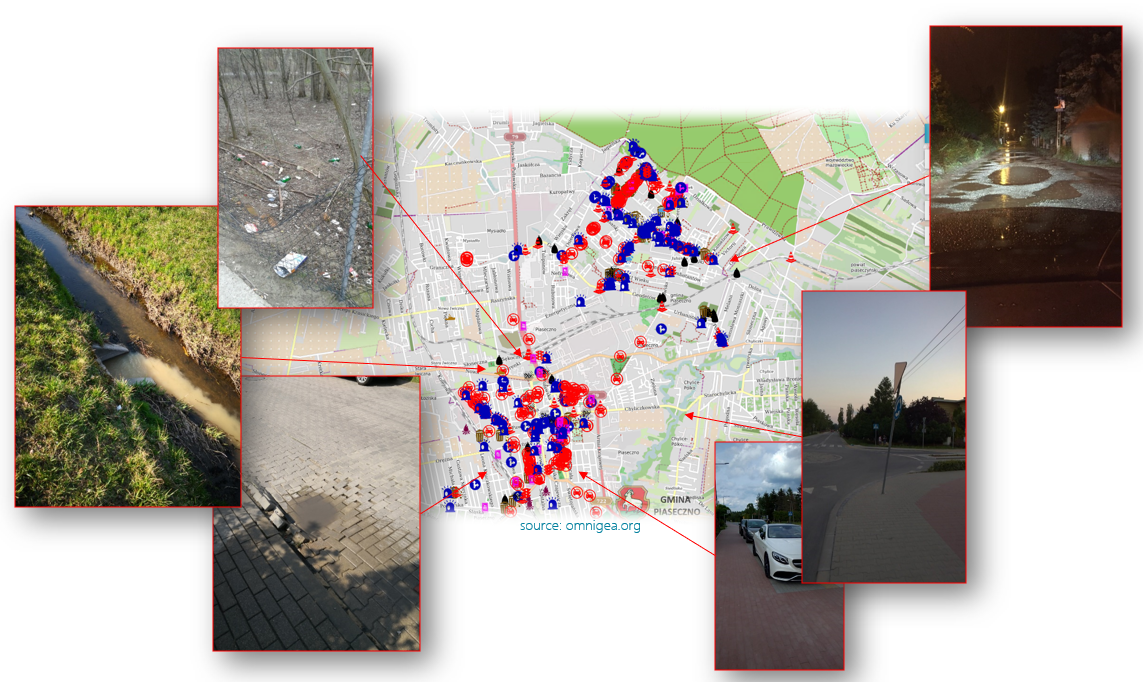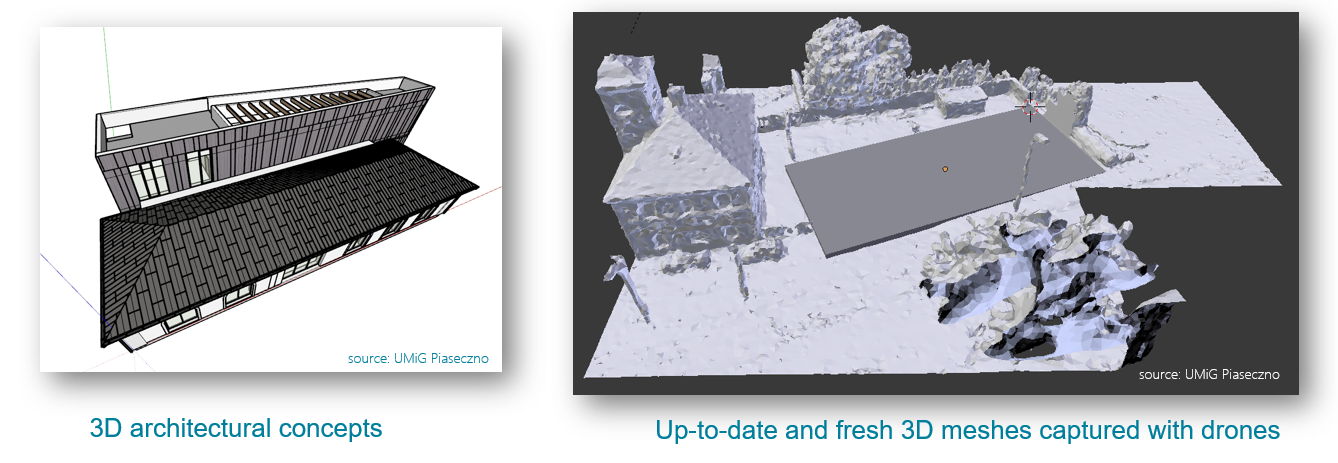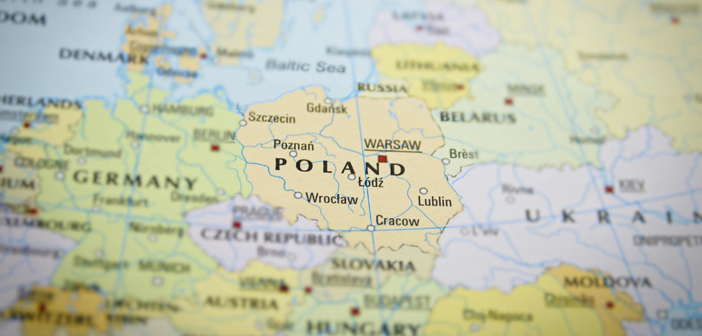What do you imagine when you think of a Smart City? You probably picture a massive metro area like Singapore, London, or New York City. And you likely expect it to be on the cusp of the latest technology, integrating solutions like driverless vehicles into everyday life.
What you probably don’t imagine is a smaller town in the suburbs with less than 100,000 people, and where a quick search of “top things to do” in the area displays more nature reserves than shops, restaurants, landmarks, or tourist traps.
But leaders of the town of Piaseczno, which lies in the suburbs of Poland’s capital of Warsaw, are reminding the world that any city using technology to improve the lives of its citizens deserves the title of Smart City – regardless of population size.
By strengthening communication between citizens and city officials, along with changing the way city data is shared and accessed, Piaseczno is establishing valuable connections between people, places, and processes within its border.
Opening the Lines of Communication
Nowadays, local communities are having a huge impact on the changes taking place around them. To facilitate this impact, leaders in those communities are expected to prioritize factors such as government transparency, while also making sure the flow of information between residents and officials is quick and accurate.
The non-profit organization Ośrodek Myśli Geoprzestrzennej OMNIGEA (OMNIGEA Center for Geospatial Thinking) saw an opportunity to bring technology to Piaseczno to support this government–citizen collaboration and information sharing.
OMNIGEA’s mission is to develop, propagate, and use spatial information and geoinformation techniques to build an information society, which it does throughout its operating area of Poland. After learning more about the needs of the town, they proposed a solution with Hexagon’s Geospatial division’s technology that would open the bottlenecks hindering the flow of information from residents to City Hall, as well as inside the city’s governing office between departments and leading decision makers.
Crowdsourced Citizen Reports

The first project milestone for OMNIGEA and Piaseczno was implementing a crowdsourcing solution that would allow citizens to easily report issues directly to City Hall.
OMNIGEA worked with town leaders to create a solution based on Hexagon’s Mobile Alert crowdsourcing platform, developing a Smart M.App that collects citizen reports in categories including:
- Potholes
- Graffiti
- Litter
- Illegal parking
- Poisonous smoke emitting from chimneys caused by burning garbage
To use the service, citizens simply download a free app from the Google Play Store or Apple’s App Store. Then, they are able to select a category from the app and upload a picture and description of the incident that are georeferenced to their location.
“Citizens need to be able to easily inform City Hall about what is happening around them,” OMNIGEA stated. “We gave them the possibility to report incidents as well as ideas about land use and how to make their town better.”
Since its implementation in 2018, the Smart M.App shows that over 1,500 incidents have been reported. Marek Brylski, Geospatial division’s Product Line Director – Geospatial Server, said that once citizens know about communication channels, they’re likely to use them.
“People want to participate,” he said. “They want to send feedback. Of course, once they send feedback, they also want to know that someone really cares about it – that someone looked at that feedback and did something about it.”
And in Piaseczno, officials are making sure that after they receive citizen reports, they act on them.
Brylski said that once a week, the mayor’s office compiles the citizen reports, and one person checks throughout six governmental departments to make sure the reported incidents are being handled.
Consumer Portal Maps for Citizens and Officials

As the other project milestone, OMNIGEA wanted to provide the town of Piaseczno with advanced visualization of both the incidents being reported, as well as other city data.
This resulted in developing online consumer portal maps built on Hexagon’s WebGIS products, which are also viewable from mobile devices.
The consumer maps are available in three portals: one for citizens, one for city council members, and one for the mayor’s office. Each of these portals displays information on public areas, roads, infrastructure, tourism, and monuments, as well as reported incidents. The portals can also be filtered to show data by category, such as:
- Urban planning and architecture
- Technical infrastructure
- Geodesy
- Public areas maintenance
- Education
“It was easy to configure and implement these solutions out of the box with Hexagon’s software,” OMNIGEA stated. “We could easily configure portals and mobile applications to move our ideas of data capture (crowdsourcing) and data presentation (through internal and external portals) directly into the web and mobile devices of users.”

OMNIGEA also configured a 3D view of the entire town, created from aerial drone data, provided through a separate portal. Consumer Portal 3D not only displays a spatially accurate representation of the city, but it can also be used to plan and model future development projects.
Continuing To Make Piaseczno a Smart City
So far, over 200 city officials and council members are using the portals to view data and address citizen reports, according to OMNIGEA.
“In City Hall, officials are using the new maps in their current work and combining the data with information from their own databases,” OMNIGEA stated. “Carefully prepared visual analysis of spatial data is greatly supporting the decision-making process in Piaseczno.”
The over 1,500 citizen reports also demonstrate that not only do citizens want to be heard, but they desire to actively work alongside officials to improve operations in their town.
The hope is that together, citizens and city leaders will continue to make the town even “smarter” by expanding the use of technology to solve issues and increase transparency.
Learn more about the role of Hexagon’s technology in supporting Smart City initiatives.















